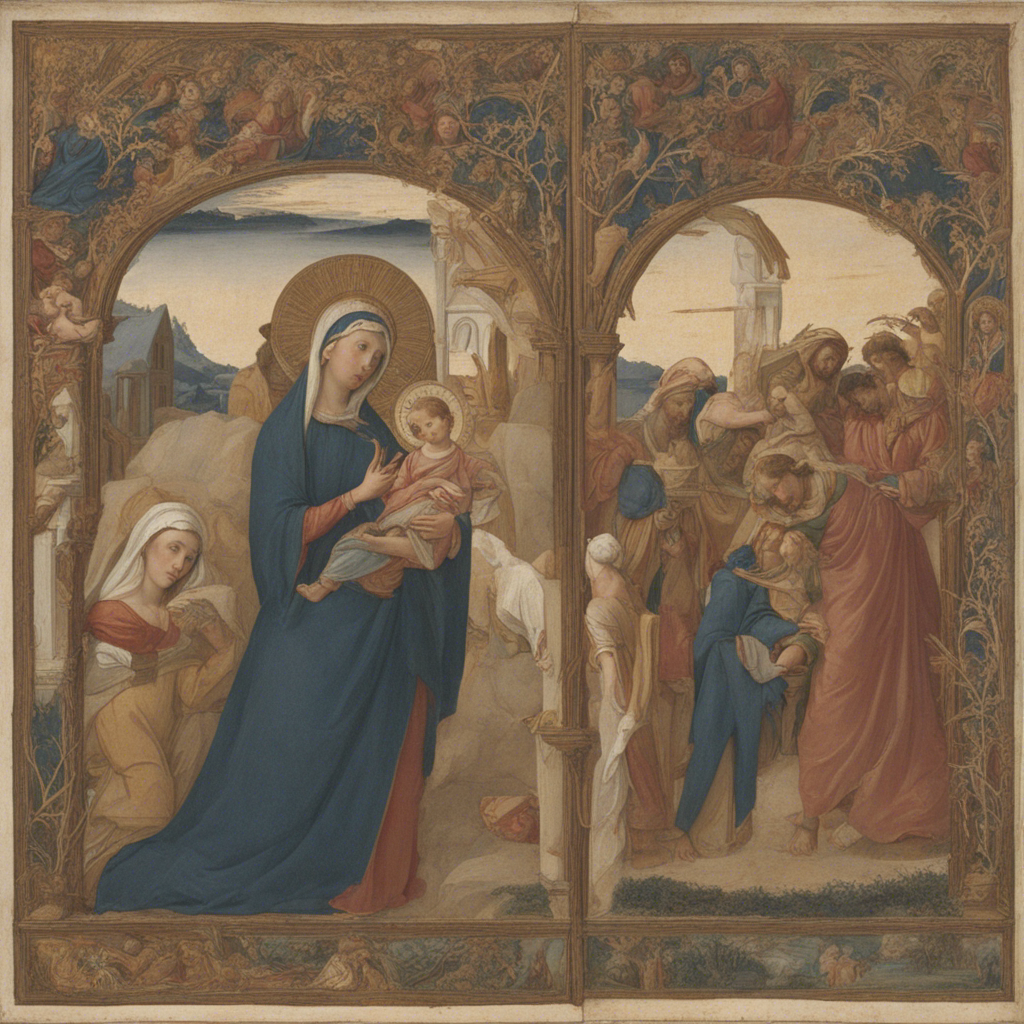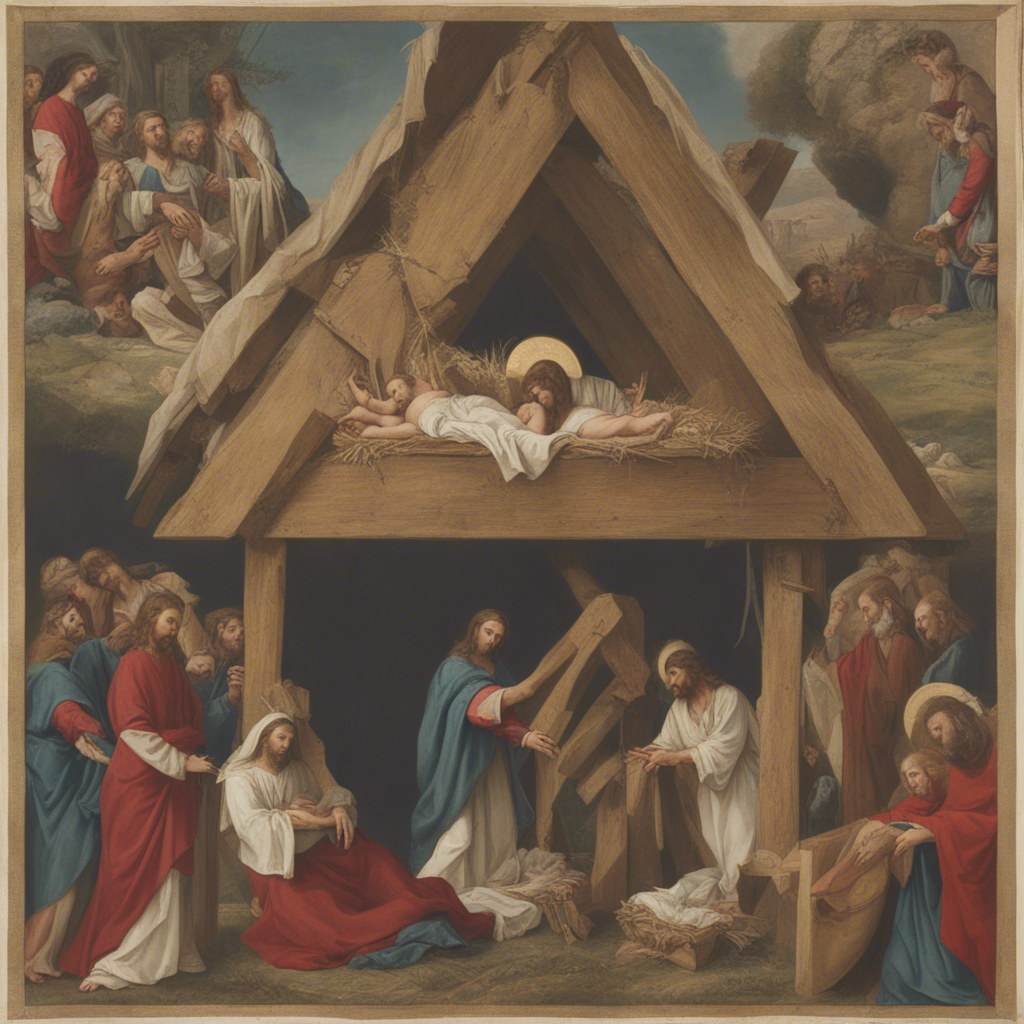 The Parallels of Divinity: A Journey from Birth to the Cross
The Parallels of Divinity: A Journey from Birth to the Cross
The life of Jesus Christ is a profound story filled with deep spiritual insights, love, and sacrifice. The events of Jesus’ life are intricately connected to humanity’s spiritual journey, transcending time and culture. This article explores two significant episodes from the Gospel of Luke: The Birth of Christ in Luke Chapter 2 and the Crucifixion in Luke Chapter 22. Rather than viewing these moments as separate occurrences, we will examine them as interconnected threads that enrich the divine story of Jesus.
 Setting the Stage
Setting the Stage
Luke chapter 2 begins by recounting the humble and spiritually significant birth of Jesus Christ. This moment exemplifies how divine intervention can manifest in ordinary circumstances.
“And she gave birth to her firstborn son, and she wrapped Him in cloths and laid Him in a manger because there was no room for them in the inn.” (Luke 2:7)
The humble setting of Christ’s birth sets the tone for his life mission: to serve rather than rule, to bring unity rather than division, and to love rather than judge.
Fulfillment of Prophecy
The birth of Christ fulfills various prophecies from the Old Testament.
* Prophet Micah prophesied Bethlehem as the birthplace (Micah 5:2).
* Isaiah foretold the virgin birth (Isaiah 7:14).
* Numbers 24:17 foretold of a star accompanying his birth.
These fulfillments solidified the early believers’ faith by confirming that God’s plan was unfolding.
Crucifixion: The Ultimate Sacrifice
A Powerful Echo
Christ’s life mission reaches a climax in Luke chapter 22 with an act of complete surrender. His acceptance of crucifixion echoes the message of his birth: humility, surrender, sacrifice, and ultimate love.
A Redeeming Act
Unlike his birth, Jesus’s crucifixion is a public spectacle characterized by pain and humiliation. Nonetheless, it aligns perfectly with his purpose—to be the spiritual bridge between God and humanity.
“Father, into your hands I commit my spirit.” (Luke 23:46)
Even in this heart-wrenching moment, Christ’s demeanor reflects serene surrender, illustrating the depths of his love for mankind.
Though the birth and crucifixion of Christ may seem vastly different, a deeper examination reveals remarkable parallels.
* Both events emphasize humility: Christ’s life, from the manger to the cross, is defined by humility that reveals his true spiritual nature.
* Surrender is evident in both cases: Mary’s obedience during Christ’s birth and Christ himself during his crucifixion.
* Prophecies are fulfilled at both events, further affirming the divine nature and purpose of Christ’s life.
However, there are also contrasts. Christ’s birth is a private event that only a select few people attend, whereas his crucifixion is a widely observed public act of redemption.
 Conclusion: A Tale of Divine Parallels
Conclusion: A Tale of Divine Parallels
From the humble manger to the weight of the cross, the life of Christ unfolds with a profound divine purpose. His birth and crucifixion episodes exemplify divinity’s paradoxical nature: the coexistence of profound humility, sacrificial love, and transformative power. These watershed moments serve as spiritual compass points, reminding us that appearances can be deceiving, and that true greatness is often found in humility and ultimate love.
As we reflect upon these transformative events, let us ask ourselves:
- How can we embody this divine example in our own lives?
- How can we integrate humility, surrender, and love into our daily existence?
Christ’s life serves as a reminder of the potential within each of us, and it is our responsibility to recognize and embrace it.

